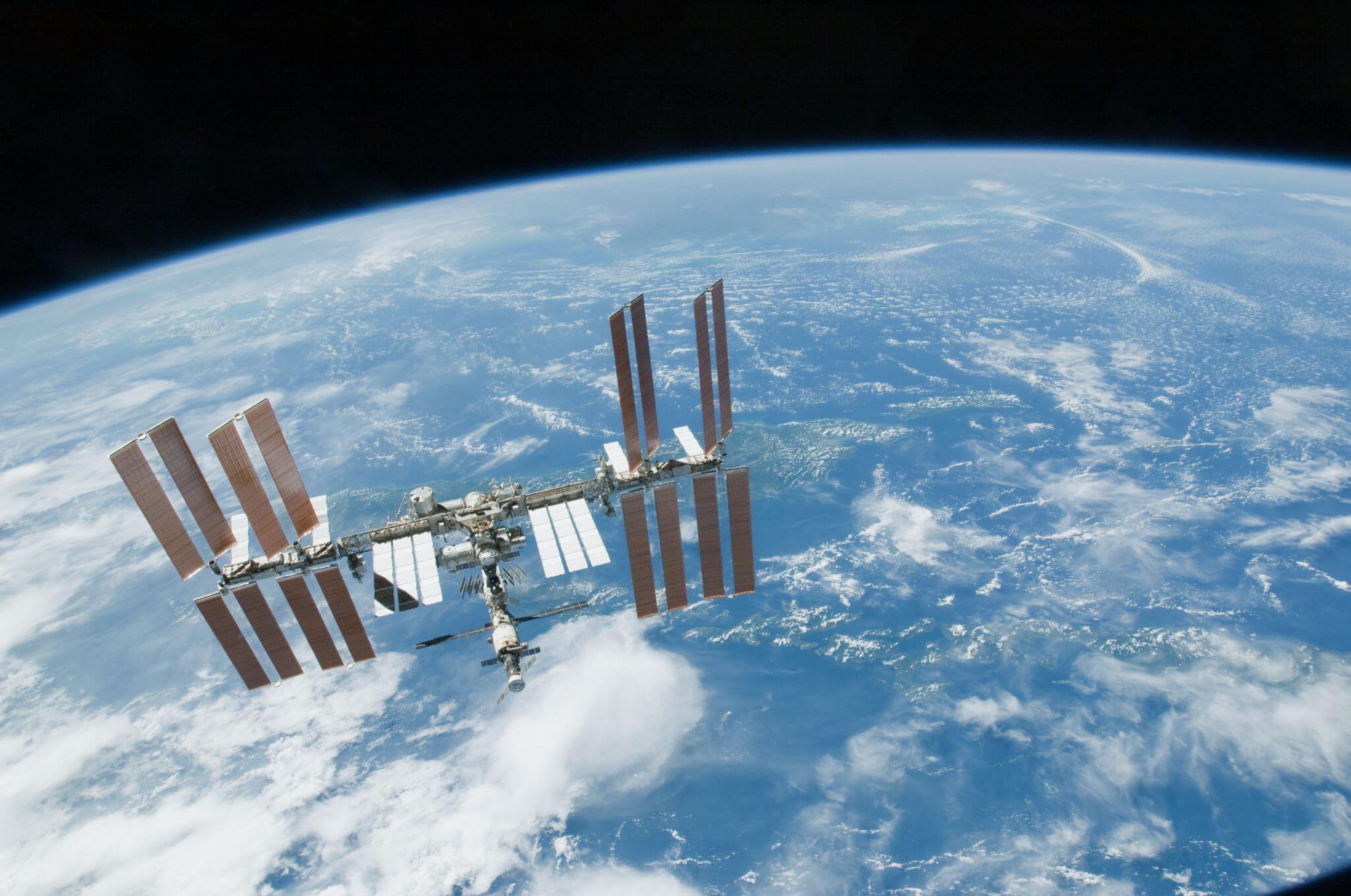It is a time of renewal at the International Space Station as one long-standing module is removed to be replaced by another. At 1055 GMT, on 26 July, the Progress MS-16 cargo spacecraft removed the Pirs airlock module from the station in preparation for a de-orbit burn that would later result in both spacecraft being incinerated by atmospheric friction. The re-entry reportedly commenced at 1442 GMT and was targeted in such a way to ensure any surviving pieces splashed down in unpopulated regions of the South Pacific, over 3,500 km from New Zealand.
The Pirs module served as an airlock for Russian EVAs and provided docking ports for visiting Soyuz crew and Progress cargo vehicles. It was attached to the station in 2001 and is the first significant module component of the ISS to be re-entered.
The removal of Pirs frees up the port it occupied on the Zvezda module for the Nauka module, which was launched on 21 July by a Proton vehicle. Named after the Russian word for ‘science’, Nauka is more formally known as the Russian Multipurpose Laboratory Module (MLM) and will provide a new science facility, docking port and airlock (thus replacing the Pirs airlock). The new module is 13 metres long and weighed more than 23 tonnes at launch.
Nauka is scheduled to dock at the ISS on 29 July, but reportedly suffered technical problems following separation from the Proton. Both Roscosmos and NASA confirmed that the module had deployed its solar arrays and navigation antennas, but Russian industry sources posted unconfirmed reports of multiple issues with antennas, thrusters and sensors. These doubts follow a tortured history for the module, which Roscosmos originally hoped to launch in 2007; it was delayed by significant technical issues including problems that required the replacement of the module’s propulsion system.
The Nauka module is of particular interest to the European Space Agency, as the European Robotic Arm (ERA) is attached to its exterior. The ERA manipulator system is an 11 metre-long robot arm designed to service the Russian segment of the station. Nauka is also of interest to NASA, which has become worried in recent years about Russia’s continued commitment to the station. However, NASA Administrator Bill Nelson seemed convinced during a House Science Committee hearing on 23 June that the two nations would continue to cooperate. He asked rhetorically why Russia would launch Nauka “and then, in just a few years, abandon it?”. It just didn’t make sense, he said.
In another example of change at the ISS, a few hours before the launch of Nauka on 21 July, astronauts relocated a Crew Dragon spacecraft from one port on the Harmony module to another to free up the forward port for the upcoming docking of the Boeing CST-100 Starliner. The Starliner’s uncrewed test flight – designated Orbital Flight Test 2 – is currently scheduled to depart from Cape Canaveral on a ULA Atlas 5 on 30 July.






